Glass
1/16
There's no tags or description
Looks like no tags are added yet.
Name | Mastery | Learn | Test | Matching | Spaced |
|---|
No study sessions yet.
17 Terms
Mosaic Glass
Varicolored glass canes were lightly fused together to form one thick rod extended to the required length and thickness.
Millefiori glass
A type of mosaic glass, with colorful flower patterns.
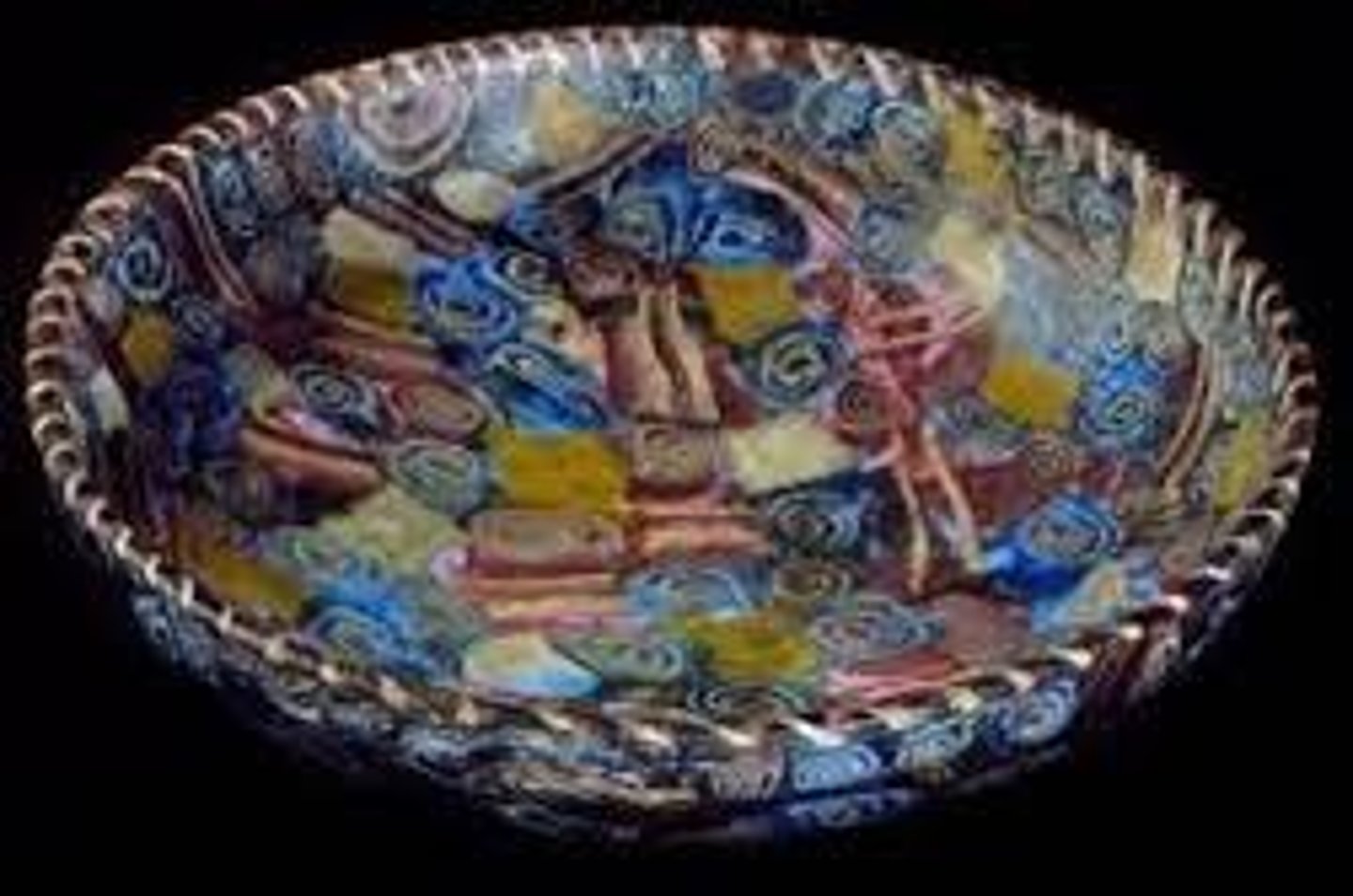
Roman glass
Started in 1st century BC and was developed in all the phases of glassmaking. They are characterized by Filigree, mosaic and engraved decors.
Cameo glass
Perfected by the Romans, this is the process of grinding away the upper of two superimposing layers of glass to leave a design standing on a ground of contrasting color usually white on dark blue.
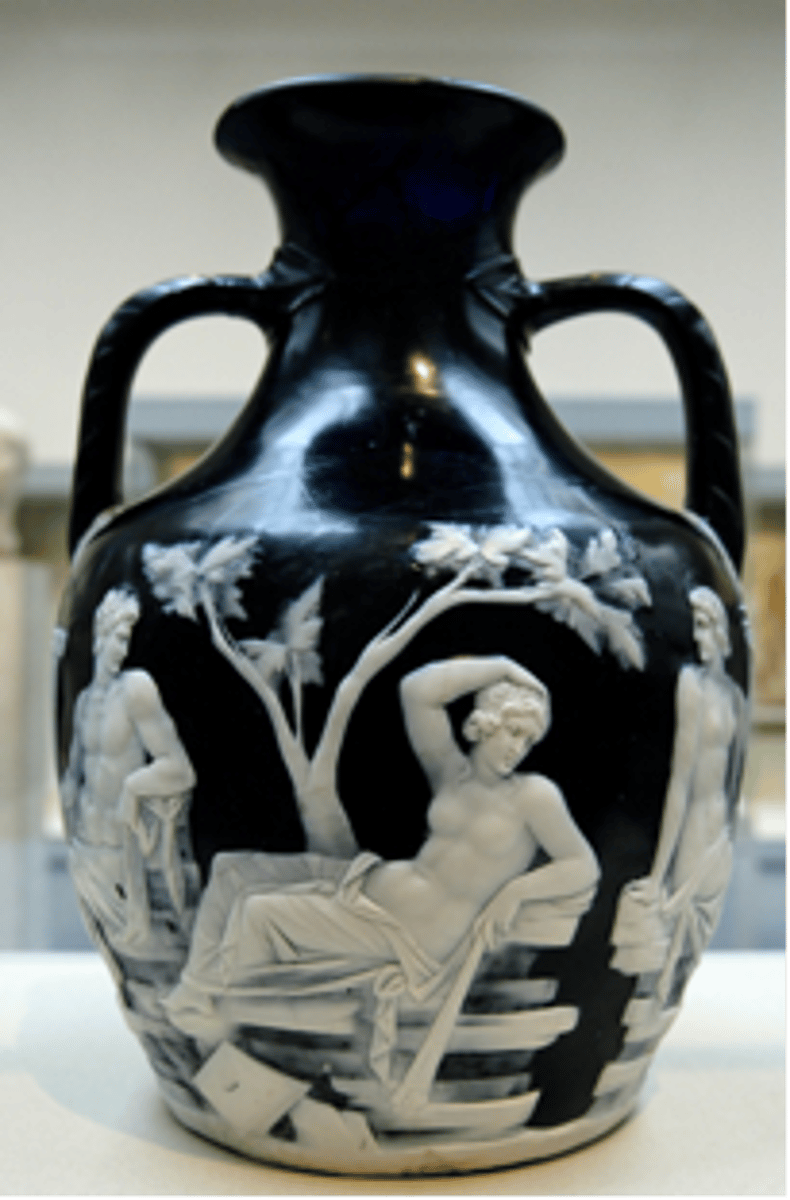
Phoenician glass
Also called as Roman glass, refers to the products of the entire Mediterranean what were transported by Phoenician merchants during the Roman empire. This was in the form of embedded colored glass in clear forms similar to the 19th century paperweights.
Doppelwand glass
Roman glass with enclosed etched gold or silver designs between two clear panels
Snake-Thread Glass
Roman flasks and goblets decorated with ribbons usually of colored glass trailed on in fantastic patterns with a transverse ribbed effect
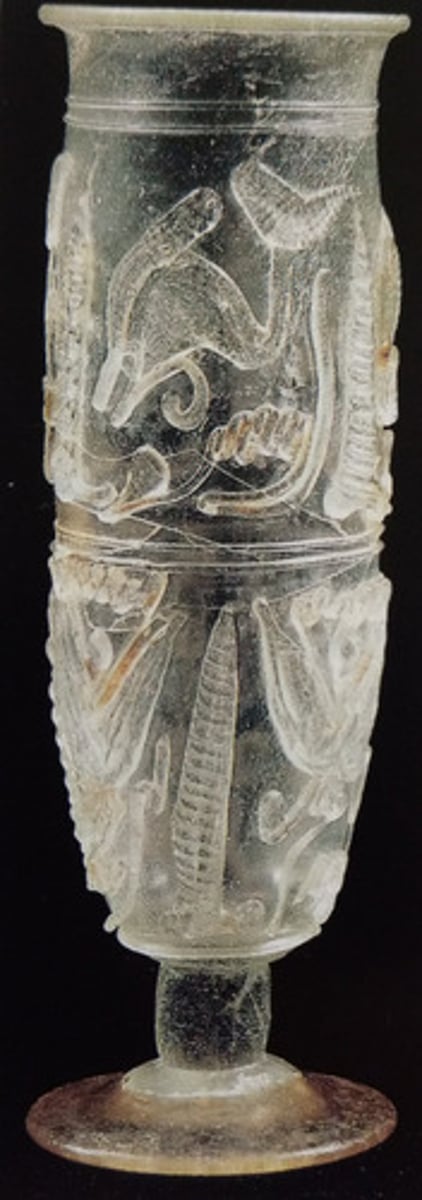
Aventurine Glass
Venetian Glass that included glittering gold particles
Murano glass
Named after a suburb in Venice that produced exceptionally light and delicate glass moulded into extraordinary shapes in every variety of color and because of its thickness it was never cut.
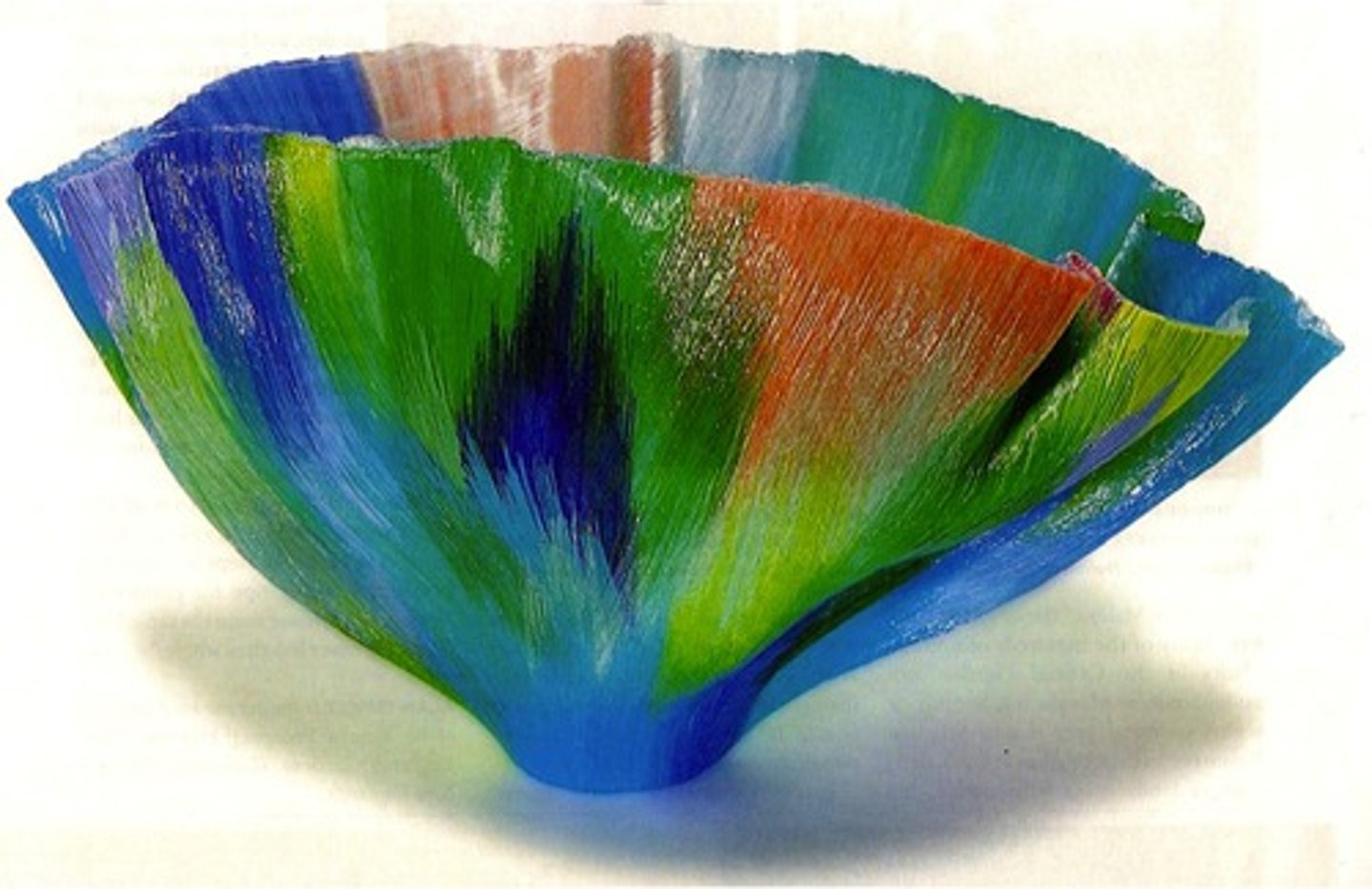
Baccarat glass
A water clear bubble free product. It was first made in Baccarat, France, with a leaden composition. Although colored various colors is made, the clear crystal produced is much greater than the colored crystal.
At first, only blow glass was made but later on they adopted the pressed-glass method of Sandwich.
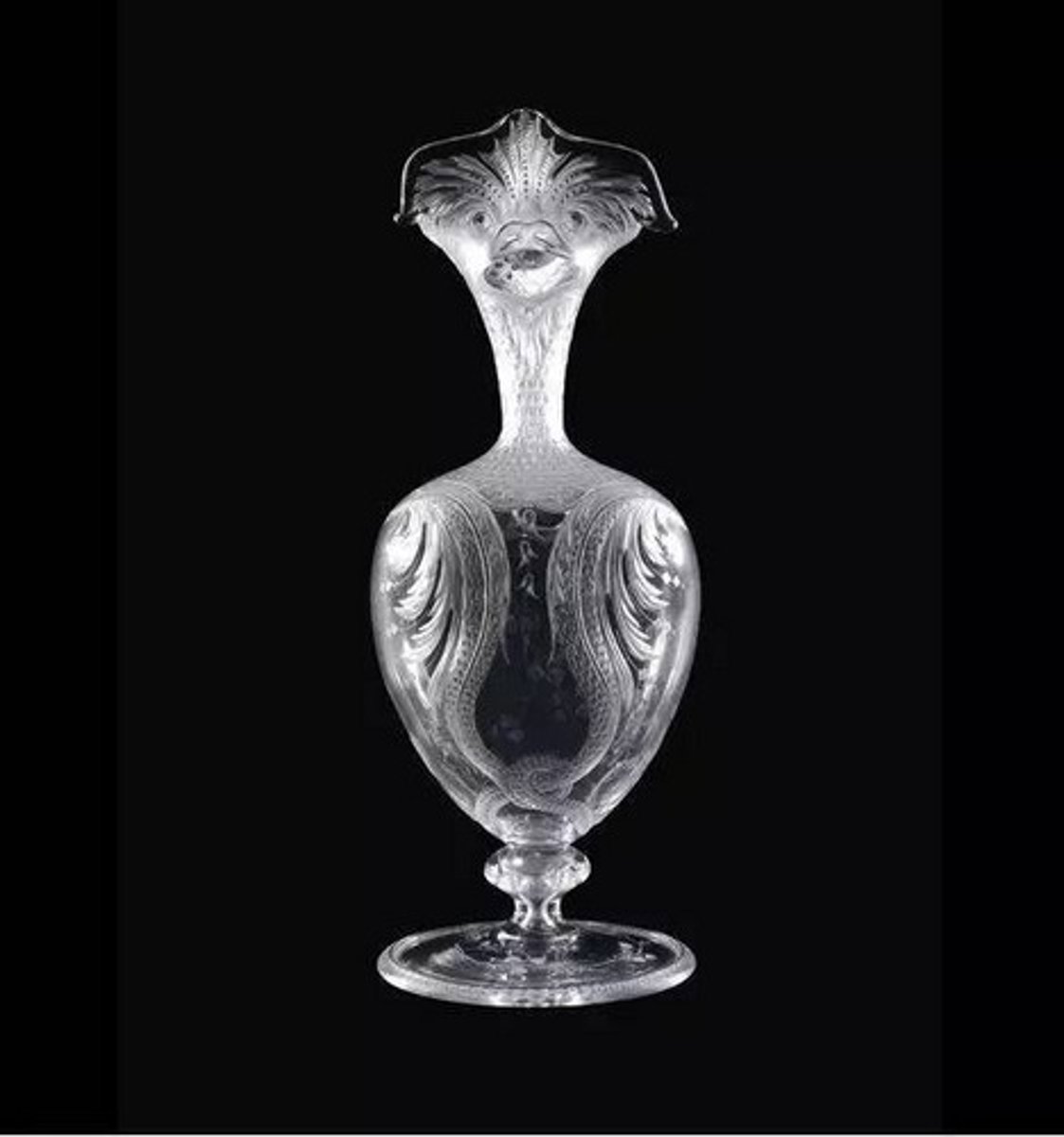
Lalique glass
Invented by Rene Lalique in the early 20th century. It produced luminous transparent glass ornamented by pressing and by alternating polished and dull surfaces. It produced decorative glass and figurines in the tradition of the Art Noveau movement, and was a reaction against the industrialized way of making glass where everything was machine made.
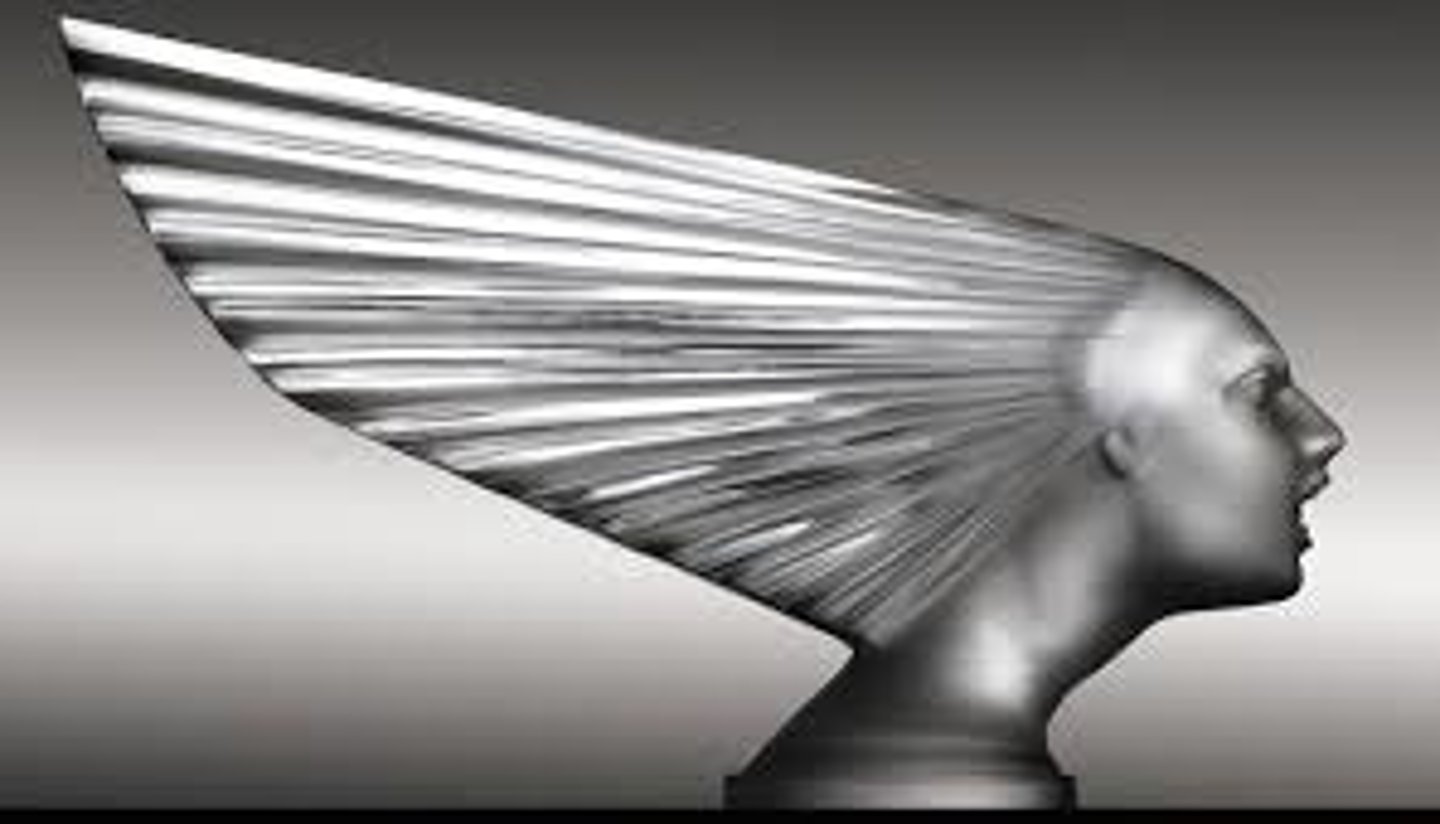
Bristol glass
The rarest and most interesting of Bristol glass is the white, opaque milky glass, known as Milk Glass. Its tint resembles porcelain or Battersea enamel. The color is a solid white and, when held to the light, is translucent to about the same extent as Oriental Porcelain.
Waterford glass
Irish glass which is very tough, it sings with a clear note when struck.
Stiegel Glass
Developed by a German names Henri William Stiegel. He came to America in 1750 and established an iron foundry in Pennsylvania. He concentrated in making window glass and various types of bottles.
Wistarburg Ware
Developed by Caspar Wistar in Salem New Jersey in 1739. It is usually blown, and were ornamental forms having a generally heavy, crude, and elementary appearance. Wistar is credited with having made the first flint glass in America.
Tiffany Glass
Also known as Favrile glass invented by Louis Comfort Tiffany of New York. He developed an iridescent glass of great brilliance and luster with flowing shapes that influenced glassmakers in Central Europe. He was admired for his stain glass windows and iridescent Favrile blown glass bowls and other vessels. He is also known for fine silver and jewelry.

Peking Glass
Made in Peking during the reign of Emperor K'ang His, patiently carved in the form of small, traditionally shaped vases and snuff bottles in clear solid colored and overlay glass in two or more colors. Highly prized are snuff bottles painted on their interior surfaces with figures and landscape.